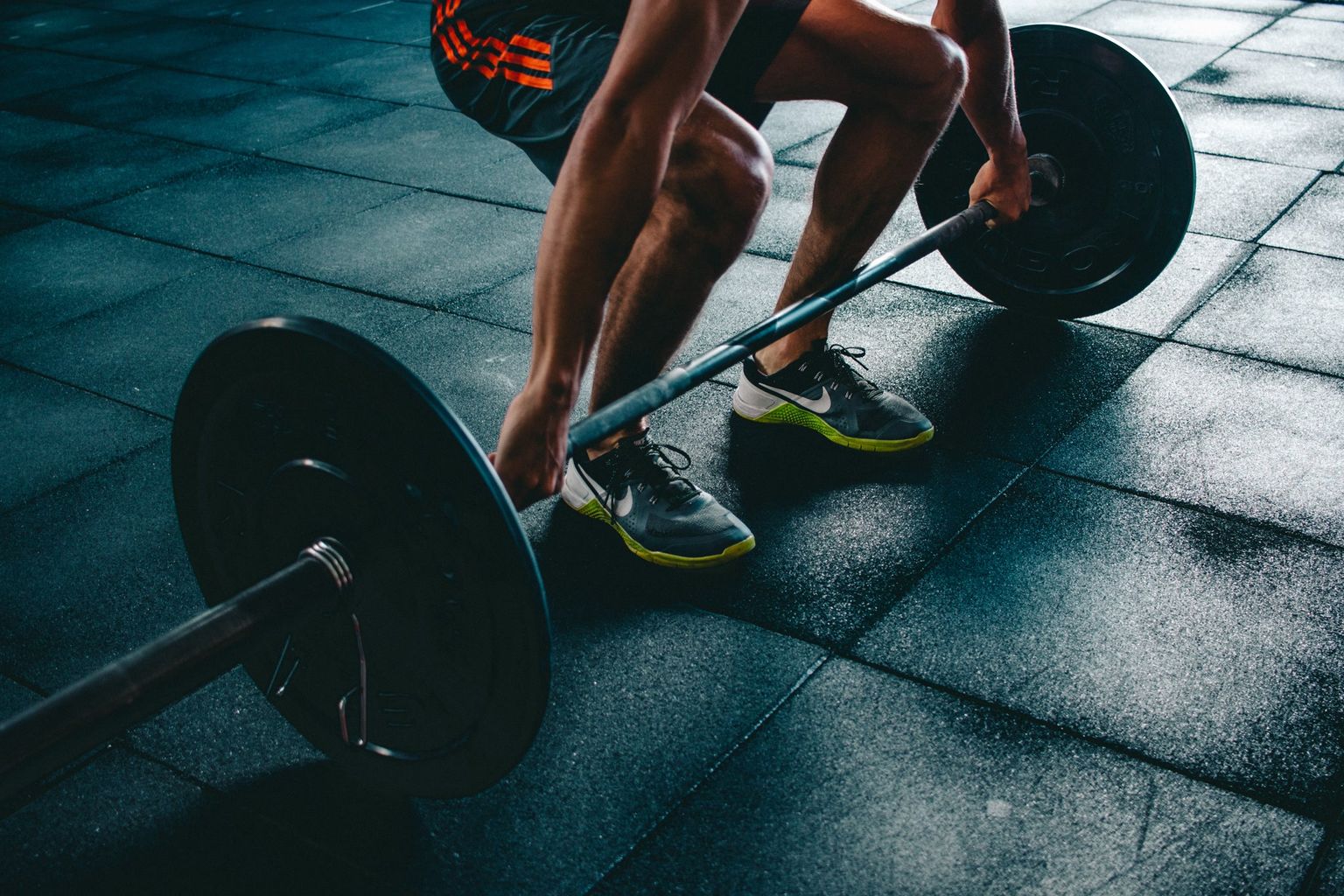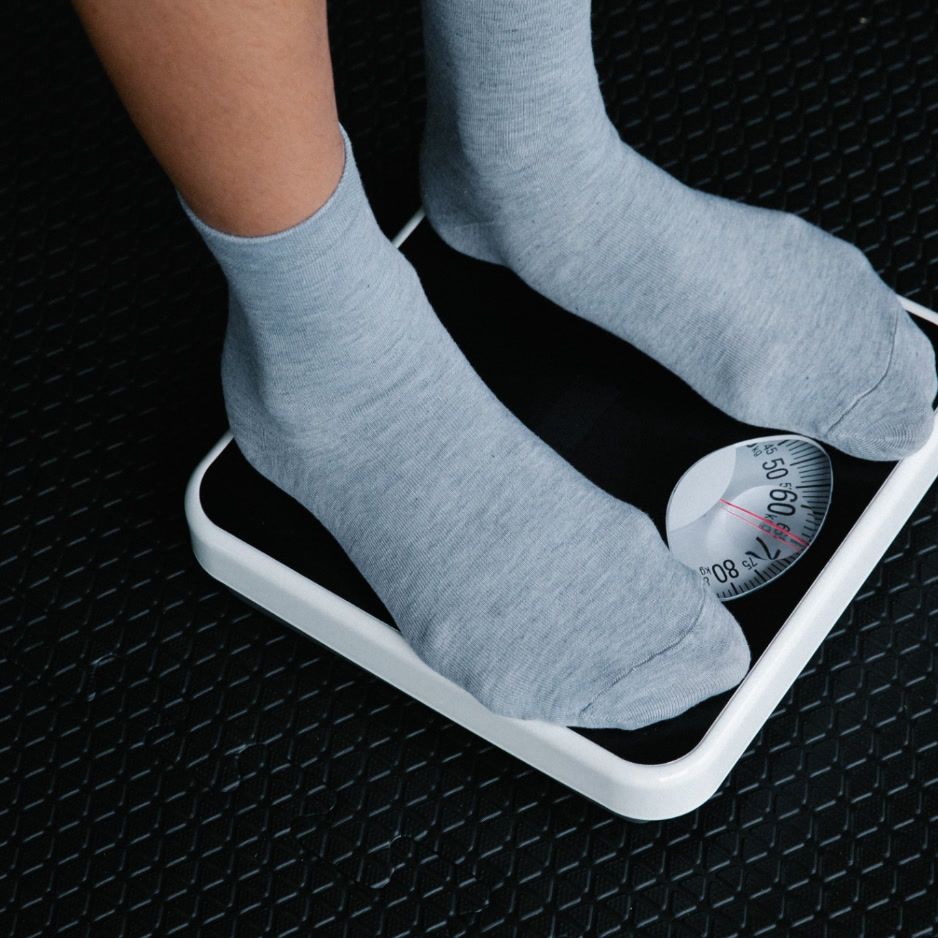Push-Pull Split Guide & Templates

Push-Pull Split: Guide & Templates for All Levels
TL;DR – A push-pull split organizes your training by movement pattern: push days hit chest, shoulders, and triceps; pull days target back and biceps; leg days (optional) cover everything below the belt. This structure balances training frequency with recovery, making it ideal for busy beginners and advanced lifters alike.
Why Push-Pull? The Science-Backed Benefits
- Built-in recovery windows – By separating opposing movement patterns, muscles get 48–72 hours to rebuild before they’re loaded again (Healthline).
- Higher-quality volume – Grouping synergistic muscles (for example, chest + triceps) lets you maintain focus and performance across big compound lifts (Aston University).
- May curb overuse – Varying movement patterns can help manage repetitive stress on joints and connective tissue, potentially lowering injury risk.
- Flexible weekly volume – The framework adapts as your schedule changes, allowing you to scale training from 3 to 6 days without rebuilding your program from scratch.
- Perfect partner for BodySpec DEXA tracking – Regular scans quantify how tweaks in volume or nutrition translate to muscle vs. fat changes.
Push vs. Pull vs. Legs — What Counts Where?
| Day | Primary Muscles | Key Exercises |
|---|---|---|
| Push | Chest, anterior & lateral delts, triceps | Bench press, overhead press, dips |
| Pull | Lats, rhomboids, traps, posterior delts, biceps | Rows, pull-ups, face pulls |
| Legs (optional) | Quads, hamstrings, glutes, calves, core | Squats, deadlifts, lunges |
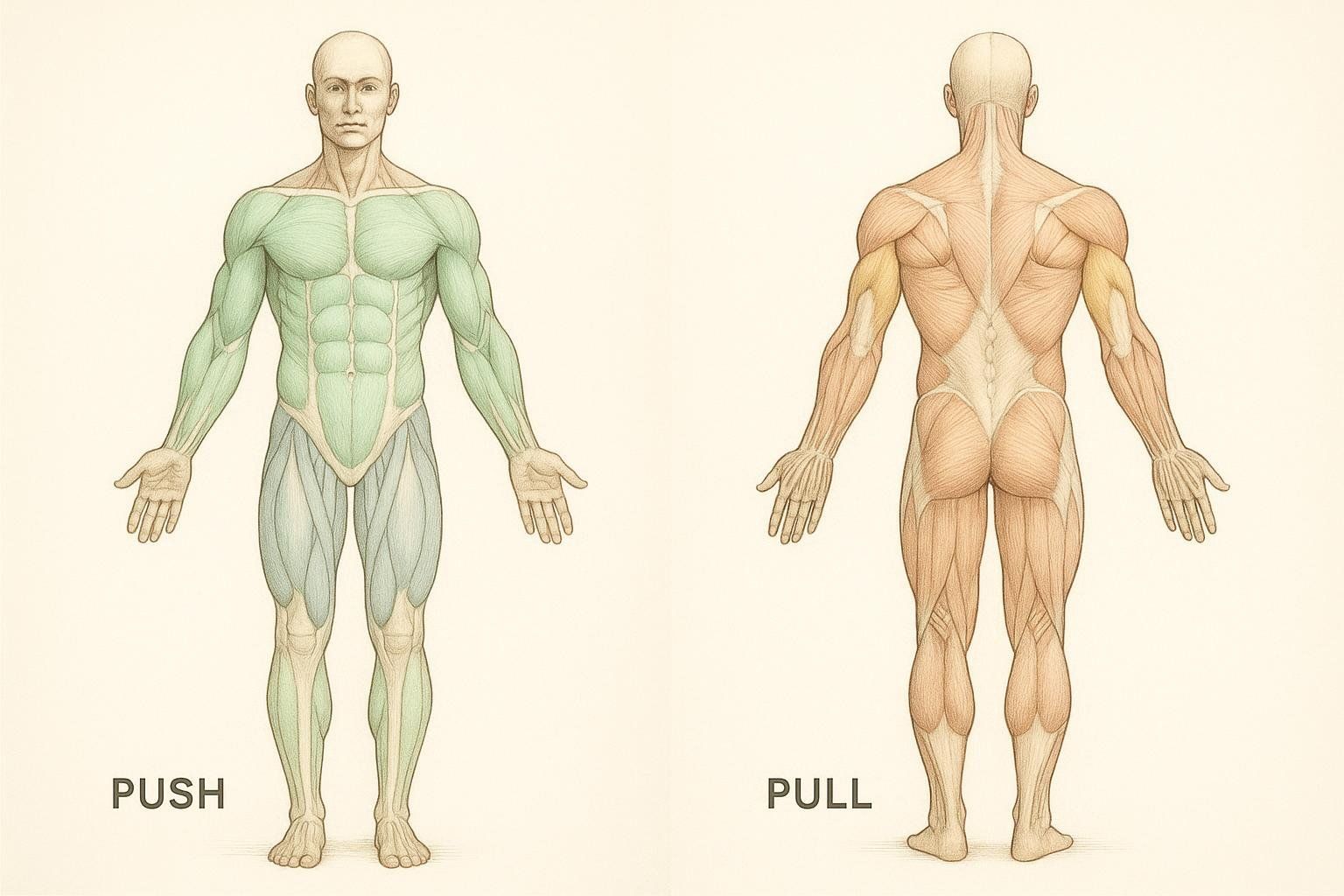
Think of it as training the muscles that push weight away from you on one day and the muscles that pull weight toward you on another.
How Many Days Per Week Should You Run a Push-Pull Split?
| Split | Weekly Schedule | Best For |
|---|---|---|
| 3-Day PPL | Mon – Push • Wed – Pull • Fri – Legs | Beginners, busy students |
| 4-Day Push-Pull | Mon – Push A • Tue – Pull A • Thu – Push B • Fri – Pull B | Intermediates needing <60-min sessions |
| 5-Day Rotating Cycle | 5 training days / 2 rest days per week | Lifters chasing extra volume without burnout |
| 6-Day PPL ×2 | Push • Pull • Legs • Push • Pull • Legs | Advanced hypertrophy enthusiasts |
Workout Templates
Choose the frequency that matches your calendar, then adjust sets/reps as you progress. Swap exercises for equipment-friendly equivalents (e.g., use a dumbbell bench press if no barbell bench is open).
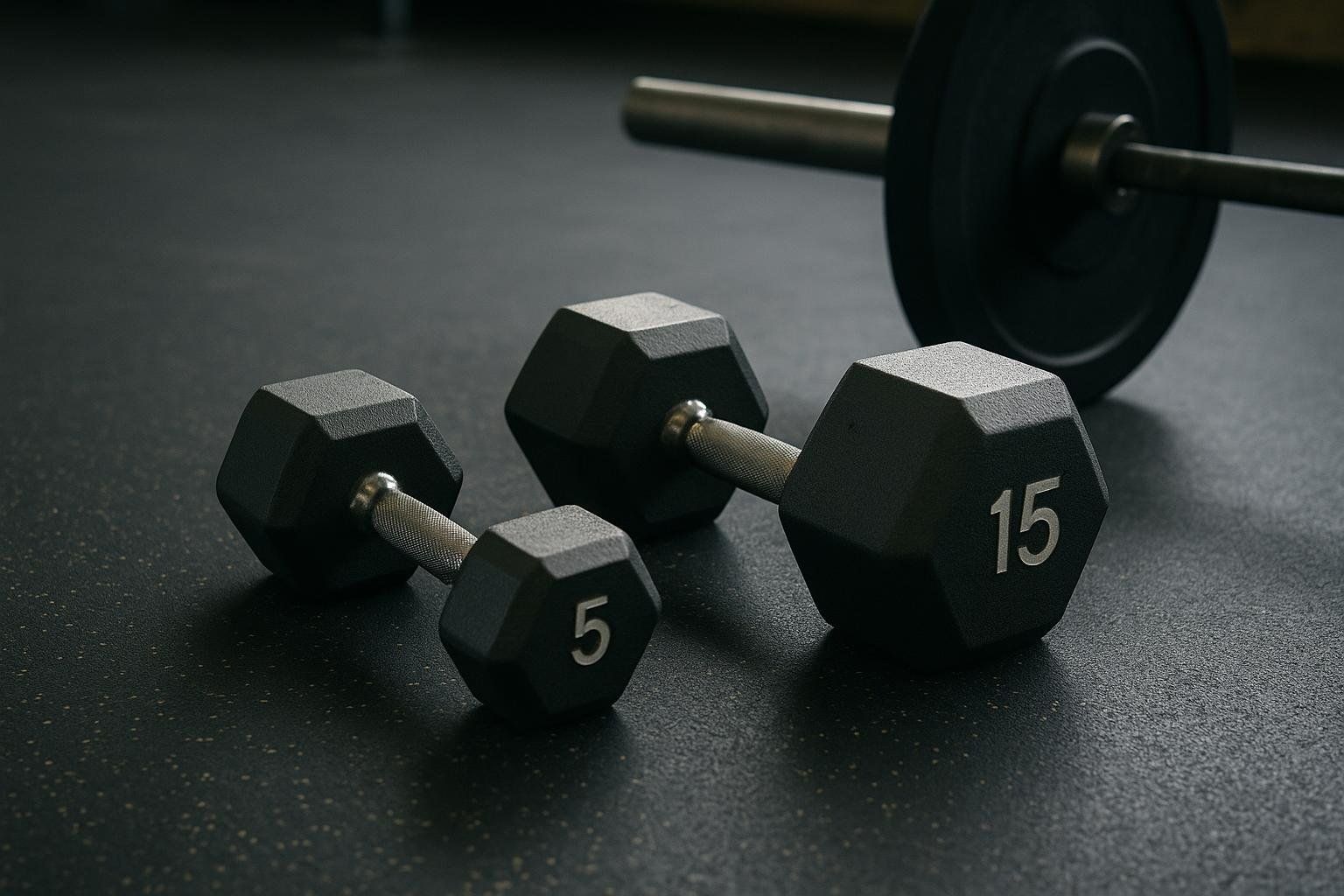
AMRAP = As Many Reps As Possible
3-Day Beginner PPL
Day 1 — Push
| Exercise | Sets × Reps |
|---|---|
| Dumbbell Bench Press | 3 × 8–10 |
| Seated DB Shoulder Press | 3 × 8–10 |
| Cable Triceps Press-Down | 2 × 12 |
| Incline Push-Up | 2 × AMRAP |
Day 2 — Pull
| Exercise | Sets × Reps |
|---|---|
| Lat Pull-Down | 3 × 10 |
| Seated Cable Row | 3 × 10 |
| Face Pull | 3 × 15 |
| Dumbbell Bicep Curl | 2 × 12 |
Day 3 — Legs
| Exercise | Sets × Reps |
|---|---|
| Goblet Squat | 3 × 12 |
| Romanian Deadlift | 3 × 10 |
| Walking Lunge | 2 × 20 steps |
Time cap: ~45 minutes per session.
4-Day Efficiency Split (<60 min)
This schedule prioritizes the upper body and stays balanced by integrating two compound leg movements into each Pull day—keeping total gym time under an hour.
Day 1 — Push A
| Exercise | Sets × Reps |
|---|---|
| Barbell Bench Press | 4 × 5 |
| Seated DB Shoulder Press | 3 × 8 |
| Cable Triceps Press-Down | 3 × 12 |
Day 2 — Pull A (+ Legs)
| Exercise | Sets × Reps |
|---|---|
| Weighted Pull-Up | 4 × 6 |
| Barbell Row | 3 × 8 |
| Goblet Squat | 3 × 10 |
| Hammer Curl | 3 × 10 |
Day 3 — Push B
| Exercise | Sets × Reps |
|---|---|
| Overhead Press | 4 × 6 |
| Dips | 3 × AMRAP |
| Lateral Raise | 3 × 15 |
Day 4 — Pull B (+ Legs)
| Exercise | Sets × Reps |
|---|---|
| Chest-Supported Row | 4 × 8 |
| Romanian Deadlift | 3 × 8 |
| Face Pull | 3 × 15 |
| EZ-Bar Curl | 3 × 10 |
5-Day Rotating Cycle
Perform these five workouts sequentially, inserting rest days as needed—many lifters rest after Day 3 and Day 5.
Day 1: Push (Moderate)
| Exercise | Sets × Reps |
|---|---|
| Bench Press | 3 × 8–10 |
| Overhead Press | 3 × 8 |
| Cable Flye | 3 × 12 |
| Triceps Rope Push-Down | 3 × 12 |
Day 2: Pull (Moderate)
| Exercise | Sets × Reps |
|---|---|
| Barbell Row | 3 × 8–10 |
| Lat Pull-Down | 3 × 10 |
| Face Pull | 3 × 15 |
| EZ-Bar Curl | 3 × 12 |
Day 3: Legs
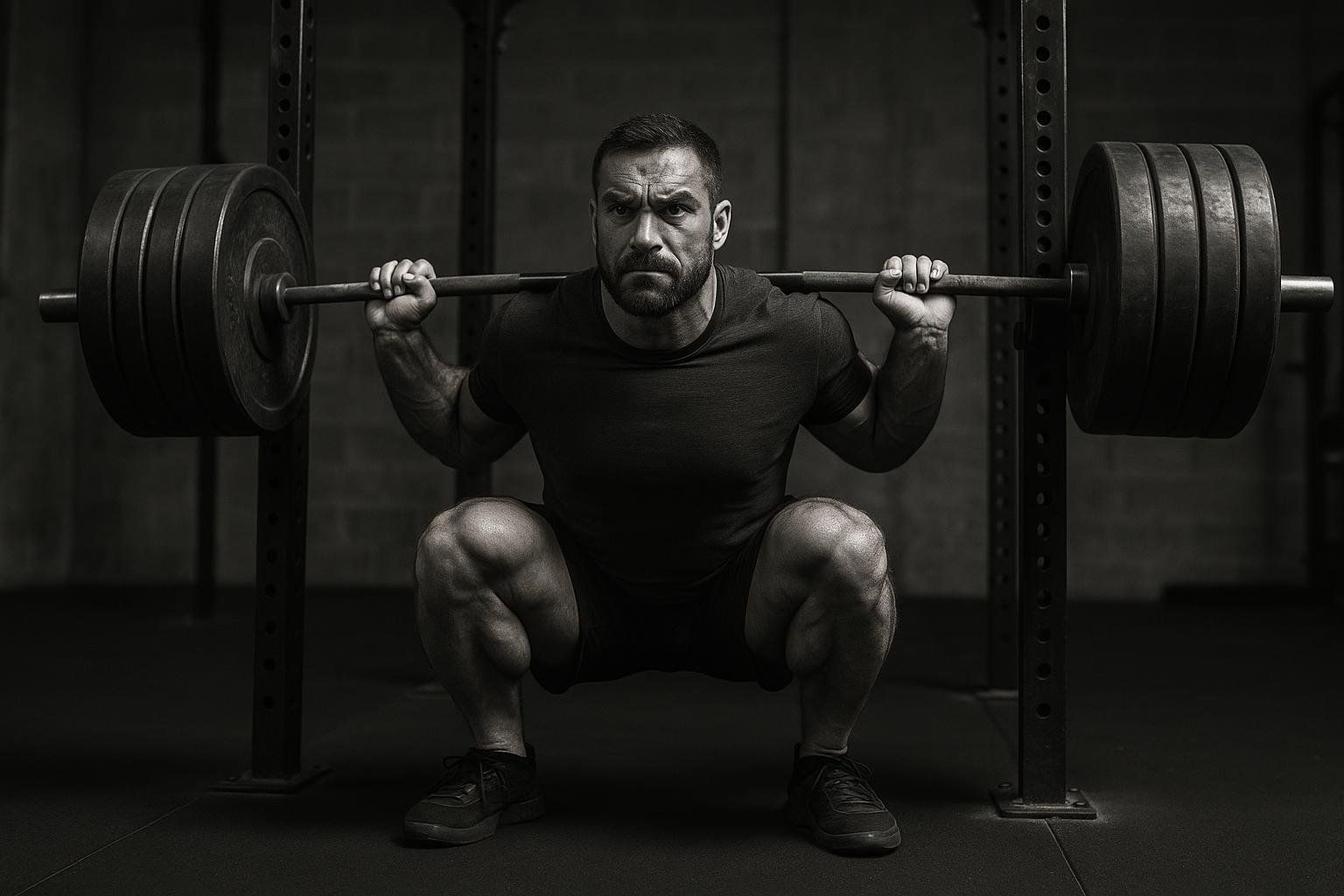
| Exercise | Sets × Reps |
|---|---|
| Back Squat | 4 × 6–8 |
| Romanian Deadlift | 3 × 8–10 |
| Walking Lunge | 3 × 12 each leg |
| Standing Calf Raise | 3 × 15 |
Day 4: Push (Heavy)
| Exercise | Sets × Reps |
|---|---|
| Bench Press | 5 × 5 |
| Overhead Press | 5 × 5 |
| Close-Grip Bench Press | 4 × 6 |
Day 5: Pull (Heavy)
| Exercise | Sets × Reps |
|---|---|
| Weighted Pull-Up | 5 × 5 |
| Pendlay Row | 5 × 5 |
| Dumbbell Hammer Curl | 4 × 8 |
Effective Progression Models
- Double Progression – Hit the top of your rep range two sessions in a row before adding 2–5 lb.
- RIR-Based Ramping – Leave 2 reps in reserve Week 1, 1 RIR Week 2, then go to near-failure (0 RIR) Week 3 before a deload.
- Wave Loading – For strength blocks: 6-4-2 reps at ascending loads, repeat twice.
Recovery & Nutrition Checklist

✅ Proper sleep is critical; follow our sleep optimization guide to hit 7–9 hours per night.
✅ Aim for 0.7–1 g of protein per pound of body weight, per the International Society of Sports Nutrition.
✅ Start with 10–12 total sets per muscle each week and expand toward 20+ only when recovery and BodySpec data confirm growth (Schoenfeld et al., 2017).
✅ Use low-intensity cycling or this 10-minute mobility circuit on rest days.
✅ Deload every 4–6 weeks to stay fresh.
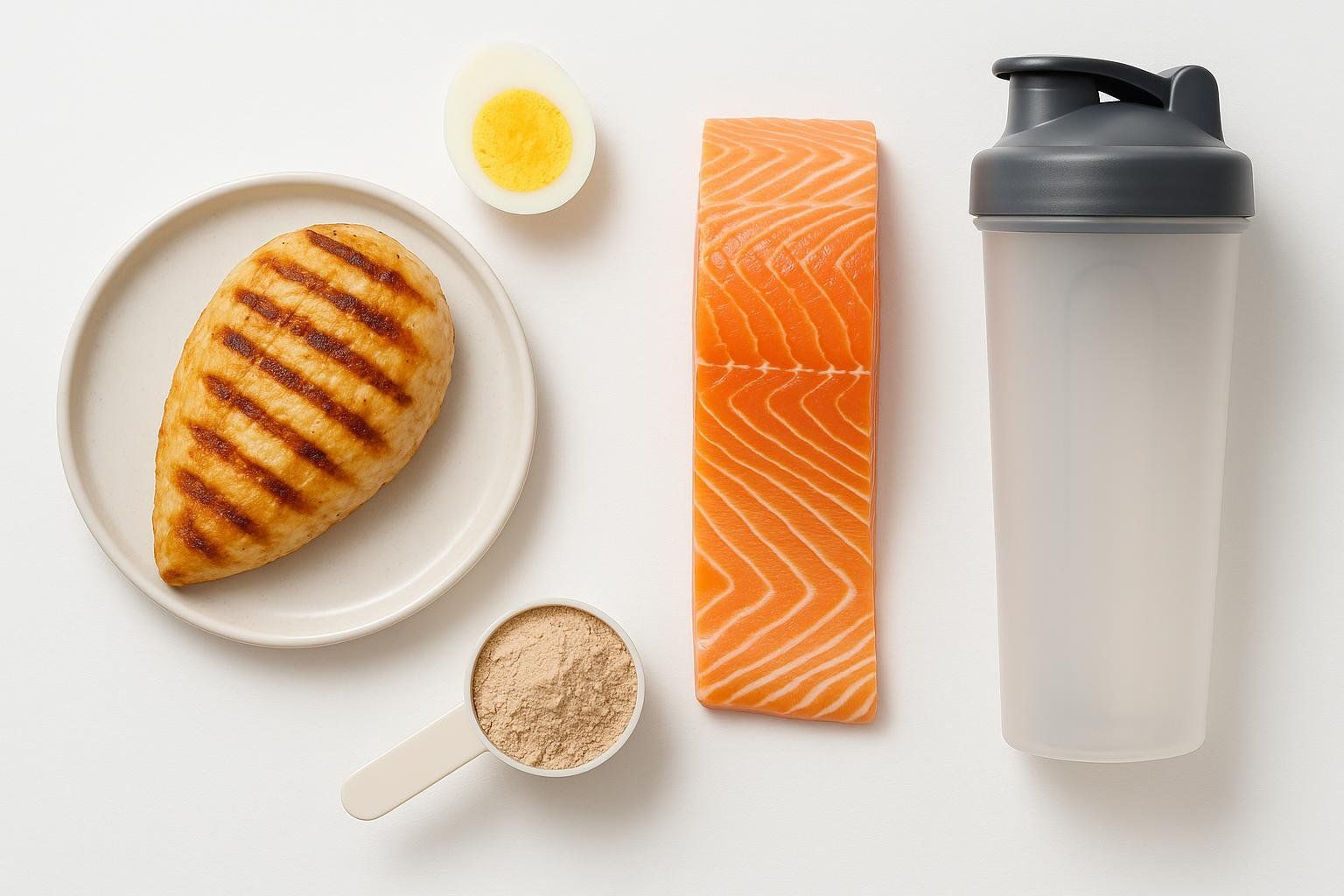
Remember: muscles don’t grow in the gym—they grow between sessions.
Customizing With BodySpec Data
A DEXA scan gives you:
- Fat-free mass index (FFMI) to set realistic muscle gain targets.
- Address asymmetries using our muscle imbalance guide.
- Visceral fat score to gauge cardio volume needs.
Compare scans before and after an 8-week training block to verify that your new split translates to tangible muscle gains.
🚀 Ready to see the results in color? Book your BodySpec DEXA scan today.
Push-Pull Split FAQs
Is a push-pull split good for beginners?
Yes—start with a 3-day version and keep sessions under 45 minutes.
How long should I run a push-pull program?
Stick with it for at least 8–12 weeks before switching, unless progress stalls.
Can I do cardio on rest days?
Light cardio (≤30 min, Zone 2) aids recovery without stealing gains.
What if I miss a workout?
Do the missed session on your next training day and shift subsequent workouts accordingly. Avoid doubling up two full workouts on the same day.
Do I need different exercises every week?
Stick to core lifts; rotate accessory moves every 4–6 weeks for novelty.
Key Takeaways
- Push-pull splits balance frequency and recovery for most lifters.
- Choose 3–6 sessions based on schedule and recovery capacity.
- Track progression, sleep, and nutrition; adjust using BodySpec metrics.
- Consistency + data beats program-hopping every time.

